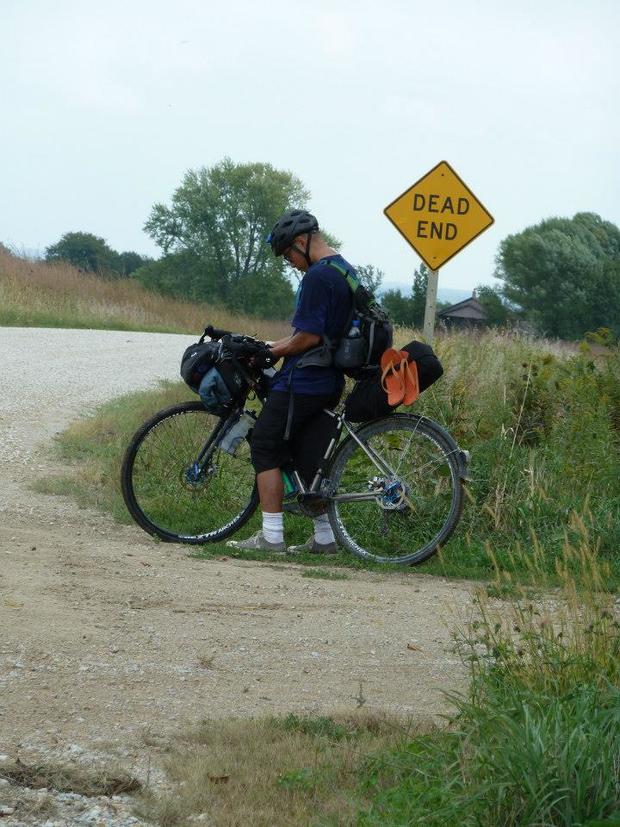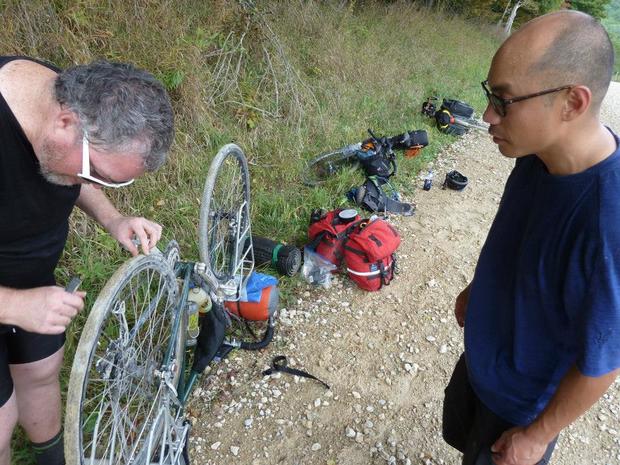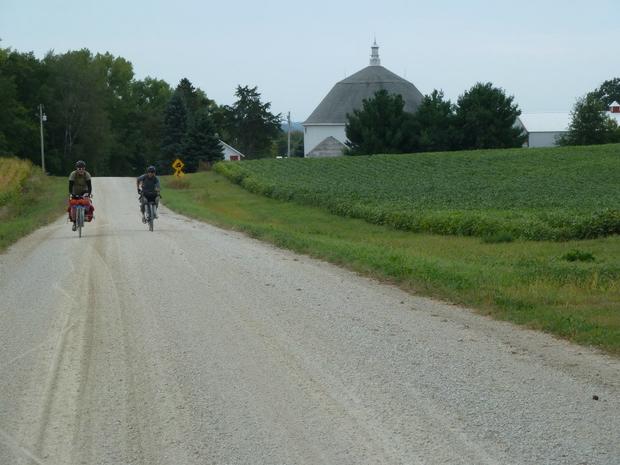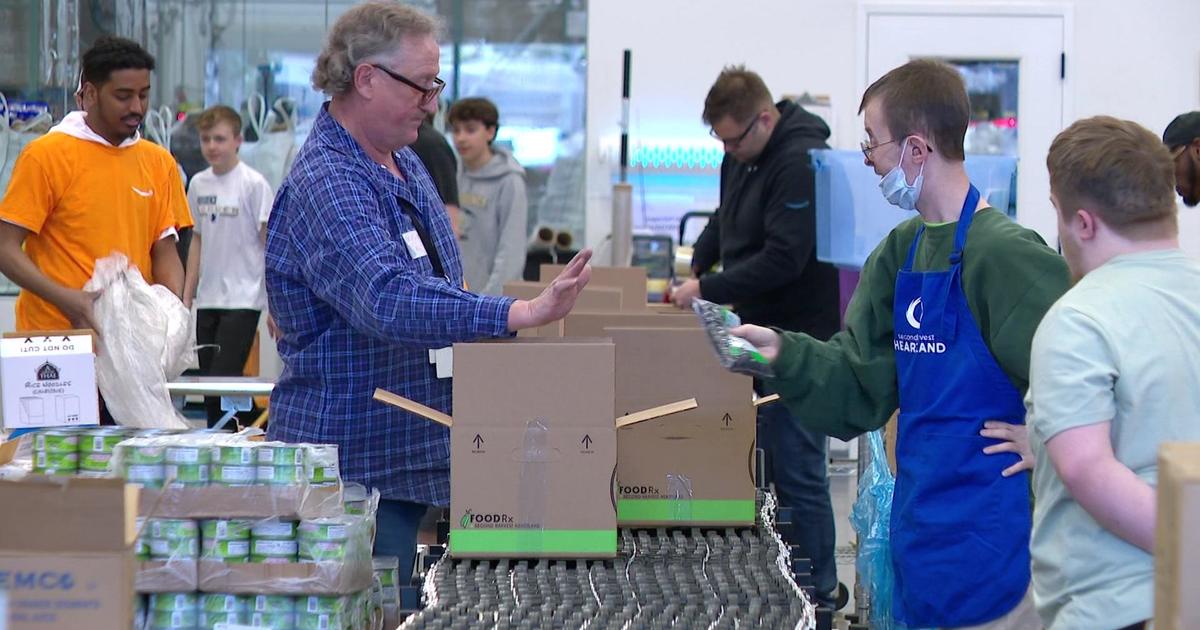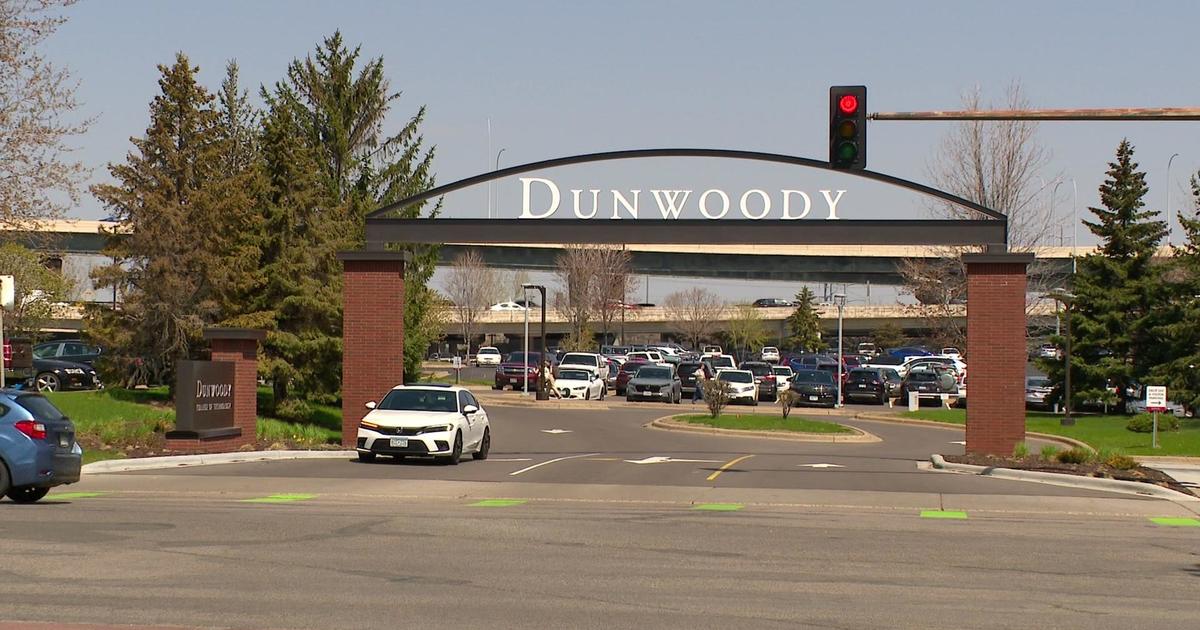Guy On A Bike: Bike Camping Basics
Summer is in full swing and Minnesotans are, once again, enjoying the beauty and serenity of the state's natural resources. For many, camping is the ultimate means of getting closer to nature. While some drive in to campsites, hike, or travel via canoe, another great option is bike camping. This method of camping is affordable and gives you great freedom of choosing your route, mileage and destinations.
The idea of bike camping can seem daunting but, with a little preparation, can be a ton of fun and a way to experience areas you'd otherwise never see. Here are some basic tips to make your bike camping adventure a success.
Make a Plan
Now that you've made the decision to embark on a bike camping adventure, it's important to take time to plan your route. There is an abundance of great mapping software that can make plotting a breeze. But before you start on that, you should have an idea where you want to go, how many days you have and what sort of mileage you are able and willing to cover. If possible, plan your route off of highways, especially those with narrow shoulders (viewable through satellite mapping imagery). In fact, I find that gravel roads offer light traffic and spectacular bucolic scenery.
Be careful not to be too ambitious. You will likely encounter challenges along the way, which will slow you down, thereby impacting your total mileage possible in a day. Besides, sometimes it's nice to stop and smell the roses rather than spending the entire day grinding in the saddle.
Food and Water
While planning the trek, take time to note any locations near or along your route that provide water, food or restrooms. Often on rural bike camping adventures, amenities are spaced very far apart, so it's important to take advantage of them when possible: Top off those water bottles and grab some stashable calories. If circumstances prevent you from making it to your next food source in a timely manner, it's nice to have something to munch on. Peanut butter packets, canned fish (e.g. salmon and tuna) and energy bars pack a lot of calories in a small package.
I find it's much easier to buy food along the way and splurge at the occasional restaurant, rather than packing a camp stove and freeze-dried meals. That's just more volume and weight you have to carry on your bicycle. That being said, buying food along the way is more expensive and may not always be possible.
Pack Only What You Need
Make a list of what you want to pack on your bicycle and then physically lay all of that stuff out. Now begin to scrutinize whether you really need each item and want to haul it for the length of your journey. If not, scratch it off the list. Things like a tent, bike repair accessories and a fresh pair of socks are absolute necessities. Meanwhile, an iPad and casual shoes are nice but they add bulk and likely are not necessary to enjoy your time on the trail.
Next, make sure you can comfortably load your gear on your bicycle and ride unencumbered. Bike racks, panniers and frame bags are all viable ways to store your gear.
Basic Bike Maintenance
Since you'll be out on the trail and far away from help, it is critically important to have some knowledge of basic bicycle repair. Many local bike shops offer classes on rudimentary and emergency fixes. If you can't repair a flat tire, make minor brake adjustments or replace a broken spoke or chain, make sure to invite someone who can. Also, collaborate with those who will bike camp with you in order to ensure three of you aren't all carrying a bike pump when you only need one.
Where to Stay
While campsites are an easy go-to, there are other options for pitching a tent along the way. I have used private campgrounds, state parks, private yards (with permission) and stealth camping.
I am a big fan of state parks because they are reasonably priced and offer a number of amenities. State parks in Minnesota go above and beyond to accommodate cyclists in my experience. One evening I arrived at Afton State Park with two fellow riders, just as the office was closing. We were informed that the campsites were all full, but since we were on bikes they would accommodate us. A friendly ranger led us to a secluded site specifically for cyclists. We were grateful we weren't told to move along. The next campground was nearly an hour away, and the sun was quickly fading.
On a couple of occasions I found yards to pitch a tent via the website Warm Showers. The site is an online community for cyclists who offer accommodations to other riders. The people I've met through the site are incredibly friendly, opening their homes and frequently offering more than a patch of grass for a tent. I've been fed a huge meal, offered a warm shower and even purchased a new tire from a host, when I noticed a tire failure and learned the nearest shop was 100 miles away.
If impending darkness, storms or mechanical failures lead to a need to set up camp unexpectedly, there are few options. If you are near a small town you may be able to pitch a tent in the local park, although you should check with law enforcement first.
Another option is stealth camping: setting up quietly and secretly under the cover of darkness and hitting the road immediately at daybreak. I do not endorse this option, although sometimes circumstances dictate otherwise. If you must resort to this, be sure to pack out what you brought in and leave no trace behind. Beware if you attempt this on private property, you could be given the boot in the middle of the night … or worse. I have only stealth camped on a public wildlife refuge, and once behind a church when all other options were exhausted.
Have Fun
Bike camping requires significantly more planning than car camping, since you move a lot slower and are often out of the range of cell phone service. But if you put in the work on the front end, you are almost assured to have a great time riding and camping with friends.
Be flexible and ready to roll with the punches. My friends and I have experience mechanical breakdowns, torrential rains, terrible bugs and extreme saddle soreness. But we've also taken in vistas not viewable by automobile and experienced friendliness of strangers beyond words.
While riding in Southeastern Minnesota on a bike-camping trip, my party got turned around. A friendly Amish man, who was peddling some delectable goodies, helped us find our way and as he bid us adieu left us with the following advice: "The world is too small to get lost in." So pack up, get in the saddle and explore all that nature has to offer, on two wheels.
